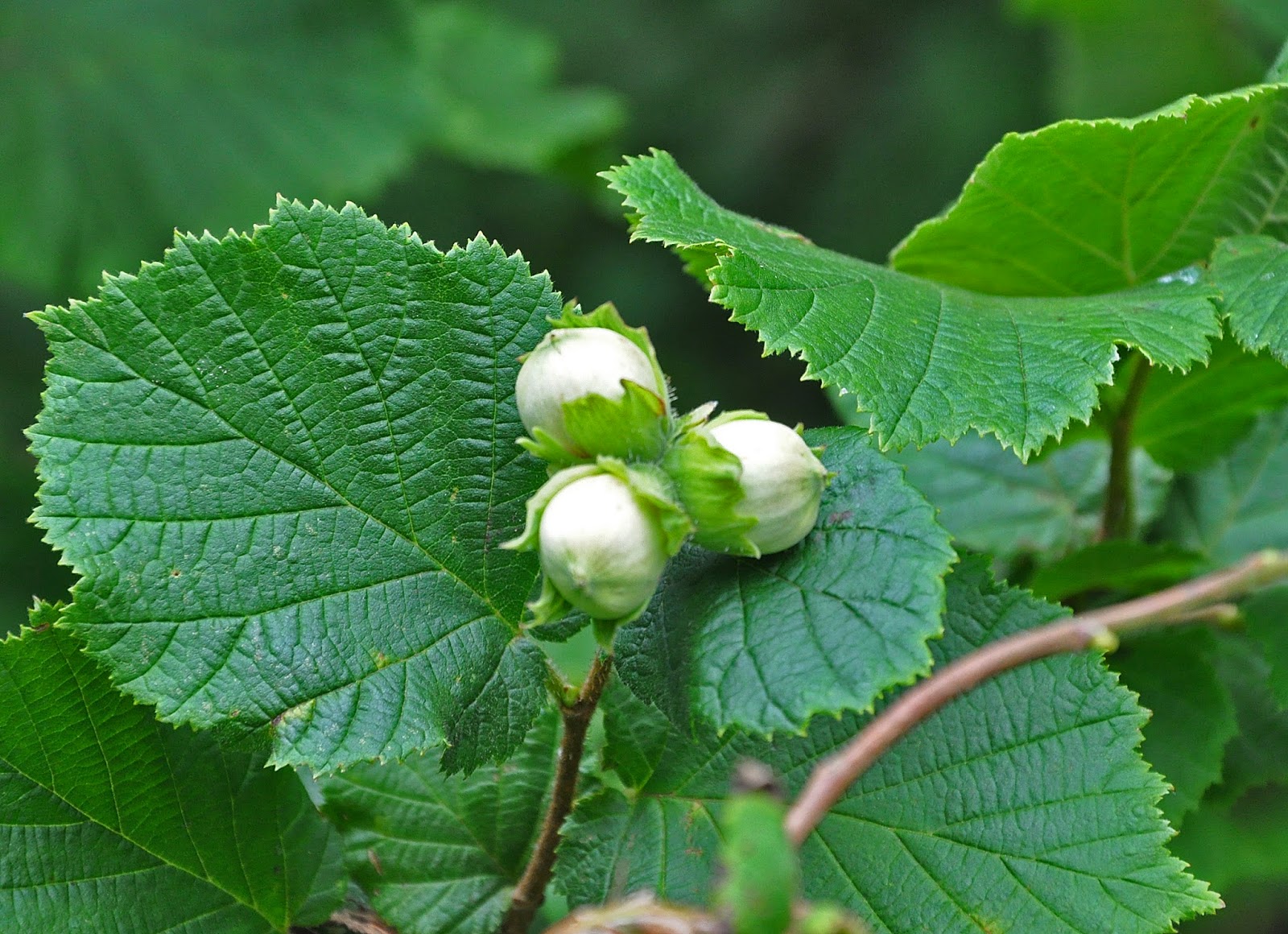Life Terra's Top 10 most planted trees of 2024
Here we are, another year making the top 10 trees planted in this season! Even though the climate challenges are more and more intense and conflicting, we try our best to plant and do our best.
At Life Terra, we are committed to selecting and planting the right tree in the right place. We are proud to say that over the past year, together with our partners and volunteers, we have made remarkable progress towards our goals of land restoration and reforestation.
We organised events throughout Europe with more than 30,000 participants actively involved in planting initiatives. A diverse range of nearly 300 tree species has been chosen to improve ecosystem resilience, combat drought, beautify landscapes and provide many other benefits.
1. Strawberry Tree - Arbutus unedo
Life Terra’s most planted tree is the Arbutus unedo, commonly referred to as the Strawberry Tree, is an evergreen shrub or small tree. Despite its name, the fruits of the Strawberry Tree are not actual strawberries but have a distinctive flavour reminiscent of a blend between a strawberry and a fig. The tree has been associated with myths and legends in various regions and its name "unedo" is said to come from the Latin phrase "unum edo," which means "I eat one." This refers to the experience of trying the fruit and realising that one is enough, as they have a unique taste!
This bell-shaped bush adds charm with its year-round presence and changes its look in different seasons with its green leaves, red fruits and its white flower blossoms certainly wins the title of the most peculiar and fashionable one!

2. Holm Oak - Quercus ilex
Let's dive into the awesome world of Holm Oaks! These trees are like the celebrities of the Spanish Mediterranean landscape. They can grow anywhere, but they crave moist soil and lots of sunshine. Here's the scoop: Holm Oak acorns are like gourmet treats for animals. Pigs go crazy for them, and that's what gives Iberian cold meat that extra special flavour. But it's not just pigs who are obsessed! Partridges, rabbits, ducks, and wood pigeons also think these acorns are the bomb. They're like a feast for everyone!
But wait, there's more! Holm Oak acorns are so versatile. You can even use them to make flour or bread. Talk about a tree that does it all! These oaks are not just pretty, they're tasty and handy too. In Spain, it's really important to protect Holm Oaks because they create a whole ecosystem with other amazing animals like the Iberian lynx and the imperial eagle. They're like the popular kids who attract all the incredible creatures!

3. Terebinth - Pistacia terebinthus
Pistacia terebinthus, commonly known as the turpentine tree, is a deciduous tree native to the Mediterranean region. It's easily recognizable by its reddish, aromatic resin and bright leaves in autumn. This tree is known for its resilience in dry, rocky soils and its ability to improve soil quality by preventing erosion. The resin has been historically used for medicinal purposes and as a base for perfumes and incense.
A cool fact about Pistacia terebinthus is that its resin, known as Chian turpentine, has been used since ancient times for making traditional chewing gum, believed to have dental health benefits.

4. Aleppo pine - Pinus halepensis
Pinus halepensis, or the Aleppo pine, thrives in the Mediterranean climate and is often found in coastal regions. This evergreen tree is recognizable by its tall, straight trunk and long, slender needles. It's highly drought-resistant and plays a crucial role in stabilizing soil and preventing desertification. Aleppo pines are also important for their wood, which is used in construction and for making paper.
Fact: Aleppo pine is known for its remarkable ability to regenerate after forest fires, thanks to its serotinous cones that open and release seeds only in response to the heat from fires.

5. Common Hawthorn - Crataegus monogyna
Alright, we reached the last position but even this will be full of surprises! The Common Hawthorn adapts like a chameleon, which is why you can spot it all across Europe and even in Northern Africa. It's a shape-shifter, sometimes bushy and compact, other times a low tree. When spring arrives, the Common Hawthorn steals the spotlight with its breathtaking white flowers. People can't resist its beauty, often cultivating it for ornamental purposes. And guess who else falls under its spell? Pollinators! Bees and friends flock to its nectar and pollen, turning it into a buzzing Mediterranean paradise.
In many cultures, it is associated with protection against evil spirits and bad luck. Its beautiful blossoms and vibrant berries serve as a delightful reminder of its rich cultural significance. Be careful though, despite their good looks the red berries are only edible for animals!

6. Carob tree - Ceratonia siliqua
Ceratonia siliqua, known as the carob tree, is famous for its edible pods, which are often used as a chocolate substitute. This evergreen tree can be identified by its dark, glossy leaves and long, brown pods. Native to the Mediterranean, carob trees are incredibly drought-tolerant and can live for over a hundred years. The carob pods are not only a source of food but also an important feed for livestock.
Something that you don't know! Ceratonia siliqua seeds were historically used as a unit of measurement for weighing precious metals and gemstones. This is where the term "carat," used in jewelry today, originates from.

7. Mediterranean Cypress - Cupressus sempervirens
The Mediterranean Cypress, Cupressus sempervirens, is a delightful evergreen tree that gives off charm and grace. With its tall and slender figure, it adds a touch of elegance to any landscape and, with its dense, dark green foliage creates a beautiful contrast against the sky.
This tree is a survivor, in natural habitat 200-500 year old plants are very common. One of the oldest living cypresses is located in Italy and is dated as more than 800 years old!
It's important to note that the Mediterranean cypress has faced challenges due to the historical exploitation of its natural forests, resulting in a significant decline. However, despite this reality, the tree has found redemption in being widely cultivated throughout the Mediterranean and other regions for ornamental and religious purposes. It has become a cherished symbol, particularly in cemeteries, where it represents everlasting remembrance and serves as a testament to its enduring allure.
Planting it is so easy: just find a sunny spot with well-drained soil for it to thrive. Oh, and let's not forget the aromatic wood that emits a heavenly fragrance. It's like nature's own air freshener! So, if you're looking to add elegance and a delightful scent to your surroundings, the Mediterranean cypress is your go-to tree.

8. Spanish Juniper - Juniperus thurifera
If you are wondering what a Spanish Mediterranean landscape would look like without this tree you should imagine a desert, because the Spanish Juniper is the most common in this region!
Nevertheless, Spain is not the only country to have the privilege of having this aromatic tree. Indeed, the Juniper can be found in dry-soiled and sunny locations as well as in southern France, Corsica, Morocco, and North Algeria. It is a useful and very durable tree. Its berries and sap have been used in medicine in Chinese and Native American cultures. It requires no maintenance since they can remove their branches to survive the harshest climates. And finally one of its most interesting aspects is being drought-tolerant! The only enemies seem to be the overgrazing and the African goats that eat its leaves!

9. European Olive - Olea europaea
The majestic Olive Tree! Olea europaea, is a symbol of peace and prosperity. Native to the Mediterranean, it's easily identified by its gnarled trunk and silver-green leaves. These iconic trees are incredibly resilient, surviving in poor, rocky soils and drought conditions. Of course, they are best known for their olives and olive oil, staples in Mediterranean cuisine and prized for their health benefits, including high levels of antioxidants and healthy fats.
Here's a curiosity for you! Olive trees are incredibly long-lived, with some trees in the Mediterranean region believed to be over 2,000 years old and still producing olives!

10. Hazel - Corylus avellana
Meet the Corylus avellana, commonly known as the hazel tree, is native to Europe and western Asia. It's recognizable by its round leaves with serrated edges and the distinctive catkins that appear in early spring. Hazel trees produce edible nuts, which are not only delicious but also rich in nutrients like vitamin E and healthy fats. The wood is flexible and has been traditionally used for making baskets and fences.
The hazel tree has a place in folklore and mythology; it was believed that hazel branches could protect against evil spirits and were used as divining rods for finding water and precious minerals!

The end! These were Life Terra’s 10 most planted trees this past season. We sincerely hope that each one has intrigued you and taught you something. Now it's just a matter of getting out and meeting them!



